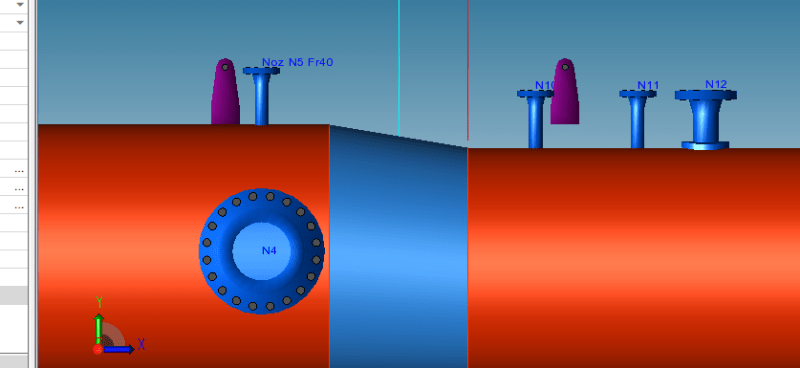SmallInfo
Petroleum
- Oct 30, 2017
- 104
Hi Experts,
I am designing a pig receiver with two barrels: a 6-meter major barrel and a 7-meter minor barrel. The barrels are joined by an eccentric reducer. I need to add lifting lugs to the major and minor barrels at different elevations, but PV Elite is placing the lugs at the same elevation as shown in the image. Does anyone have experience adding lifting lugs to different elevations in PVELITE?
Thanks in Advance

I am designing a pig receiver with two barrels: a 6-meter major barrel and a 7-meter minor barrel. The barrels are joined by an eccentric reducer. I need to add lifting lugs to the major and minor barrels at different elevations, but PV Elite is placing the lugs at the same elevation as shown in the image. Does anyone have experience adding lifting lugs to different elevations in PVELITE?
Thanks in Advance

